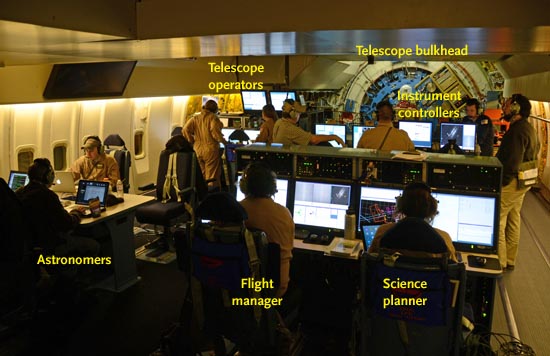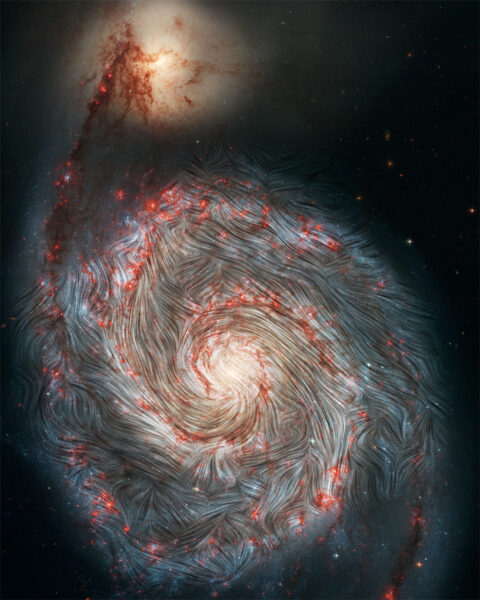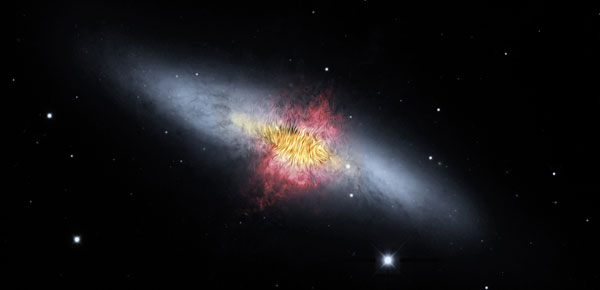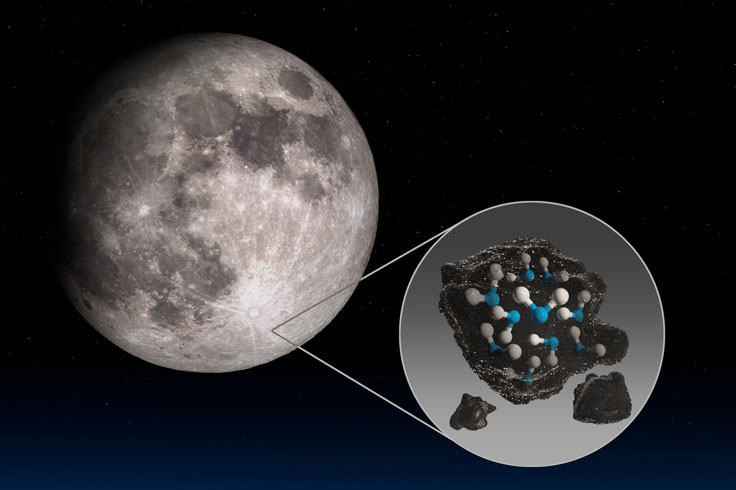1.10.2022
The flying observatory has been grounded due to its lofty price-tag and questionable productivity, causing an outcry among astronomers.

SOFIA — the world’s only airborne telescope — has reached the end of its flight plan.
Although the Stratospheric Observatory for Infrared Astronomy (SOFIA) was designed to have a 20-year-lifetime, NASA decommissioned it after only 8 years, citing its high cost and low scientific output. The abrupt ending left many scientists angry, devastated, and empty handed. Several projects remain unfinished.
“It’s the end of an era — the end of a very rich history of airborne astronomy,” says Jim De Buizer, SOFIA’s planning and scheduling manager who has flown on SOFIA more than 50 times, including the first-light flight.

J. Kelly Beatty / S&T
SOFIA is a retrofitted Boeing 747 with a hole cut in the fuselage to accommodate a 2.7-meter-wide telescope. It’s a joint project between NASA, which funds 80% of the cost, and the German Aerospace Centre that funds the other 20%.
It can fly 45,000 feet (13,700 meters) above Earth’s surface — roughly 15,000 feet higher than the nominal altitude for a commercial jet and above 99% of the water vapor in Earth’s atmosphere. That’s crucial because water vapor absorbs infrared light, rendering these wavelengths invisible on the ground.
As such, SOFIA fills a crucial niche in the electromagnetic spectrum. In the eight years that it has been operating, it has spotted the first type of molecule to form within the early universe, measured the magnetic fields in distant galaxies and spotted water on the sunlit portions of the Moon.

SOFIA streamlines: NASA / SOFIA science team / A. Borlaff; background image: NASA / ESA / S. Beckwith (STScI) / Hubble Heritage Team (STScI / AURA)

NASA / SOFIA / E. Lopez-Rodiguez; NASA / Spitzer / J. Moustakas et al.
But the telescope has long been under scrutiny. It costs NASA more than $80 million a year to run — nearly as much as the operational expenses for the Hubble Space Telescope — yet it doesn’t publish nearly as many scientific results.
As such, several presidential budget requests have tried to cancel it. The mission also earned a low ranking in the 2020 decadal survey, which recommended slashing it due to the above concerns.. NASA heeded the advice and announced on April 28th that they would shut down the observatory by the end of September.
Whether that is early depends on who you ask. Paul Hertz, who was the Astrophysics Division Director at the time of the decision, argues that the shutdown is actually occurring as planned three years ago. That is when SOFIA’s prime mission, which lasted five years, ended, and it was extended for another three.
But many SOFIA scientists were under the impression that SOFIA’s prime mission lifetime would equal its operational lifetime of 20 years. Others expected that NASA would see that SOFIA’s scientific productivity had improved dramatically since the decadal survey and extend the mission. In all, SOFIA increased its flight hours and doubled its annual publication rate from 2019 to 2022.
“We did cover pages of Nature quite a number of times, which I think is a reminder for how productive we actually became as SOFIA,” says Bernhard Schulz, the Deputy Director of SOFIA Science Mission Operations.
The team documented these changes in a senior review that was supposed to occur in 2022, certain that NASA would see a clear improvement. But NASA pulled SOFIA from the review in January.

NASA
Shortly thereafter, the agency announced the shut-down — giving SOFIA little time to plan accordingly and leaving a number of projects unfinished. One survey, which aimed to map water on the Moon, was aborted. So was another survey of magnetic fields in star-forming regions — a crucial observation if astronomers want to better understand the details behind star formation.
Neither project can be completed without an observatory like SOFIA and yet another flying telescope is unlikely. “I don't think we'll ever do another observatory on a plane,” Hertz says. “I think if we had known how much it would have cost when we started, we would have chosen to do this science some other way.”
Quelle: Sky&Telescope
